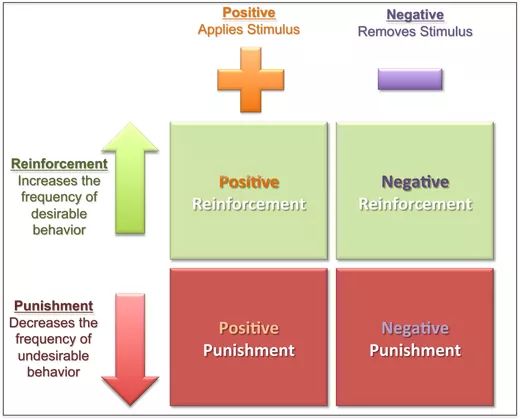Consistant Communication
There are three things that need to be in line for a dog to learn new behaviors.
Timing
Consistancy
Motivation
Today I’d like to take a moment to talk about consistency.
While the meme may be humorous it sends so much truth as well.
Often we will send mixed messages to our dogs through our body language and what we may “permit” in the training process.
Example: If you have a dog that counter surfs the best solution is to create a boundary either at the counters edge or kitchen itself. However, if we take our dog into the kitchen to go through a trick routine and treat them that can create a conflict in the dog.
“Am I allowed in here or not? Is it a fun place or a place I can’t be?”
While this example may be simple I believe it illustrates nicely. It doesn’t end there though. If we look at the consistency in our training methods we can see these issues throughout.
IE: If training a new behavior do we always require follow through in correct manner? (shaping, luring)
Once that behavior is learned do we require follow through with a verbal marker and correction in order to reinforce?
When the behavior is performed to satifaction within limited hold, do we treat and praise our dogs?
All of these have to be in place or we simply will not see the results we desire. We have to realize that our dogs learn in patterns and pictures. It is our job as the smarter species to present the best picture and comunication possible for our Furry Heores to flourish in.
IT'S SCIENCE!!!


